École George Méliès: Artisans of cinema
Text: Hannah Jane Thompson | Photo © Ecole Georges Méliès

The super-modern Ecole Georges Méliès in Orly is named after the French cinematography pioneer, and aims to make its students “artisans of the moving image”.
Most French châteaux are remnants of the past, but one site near Orly – around 40 minutes’ drive from central Paris, in Ile-de-France – stands out as a beacon of the future.
The clue is in the title: this is Château Georges Méliès, the final home of the pioneering, 20th-century French filmmaker of the same name, who died in 1938.
Known as ‘the father of cinematography’, Méliès was one of the first to use a variety of mixed-media techniques to create some of the most surprising examples of early science-fiction film, including A Trip to the Moon (1902) and The Impossible Voyage (1904).
This trailblazing philosophy is at the centre of the Ecole George Méliès, a super-creative university that now thrives around the château itself.
Initially founded in 1999 by director Franck Petitta, the school spans across a modern 3,000 square metre site – opened in 2014 – and welcomes students after they have achieved their Baccalauréat: the high-school diploma that secondary pupils receive at the end of their education in France.
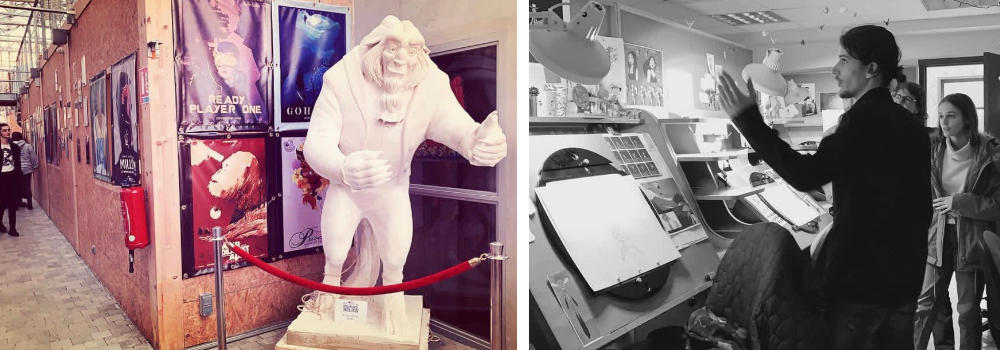
It has one goal: to create ‘artisans’ of the moving image. Students choose from a variety of pathways, including 3D digital animation, special effects, and video game technology: but, crucially, are also encouraged to take a one-year foundation course in ‘conventional’ art skills such as painting, drawing, sculpture, and anatomy.
They work purposefully from the traditional to the cutting edge. “We say that cinema is the seventh art,” explains Petitta. “There are six other fundamentals that come before: architecture, sculpture, painting, literature, music, and theatre. That is what is so unique about our school; our students understand the entire process.”
Indeed, the school is built – quite literally – around this idea (students can even live at the school’s own residence nearby, with 24/7 access).
As well as traditional art studios, there is an ‘anatomy amphitheatre’, a ‘Disney-style’ 2D-animation room, a professional recording studio, and a full-size cinema.
There is even a huge green-screen space allowing real-life motion capture, in the style pioneered by Andy Serkis and Peter Jackson at Weta Digital (Lord of The Rings (2001)). This multidisciplinary approach is key.
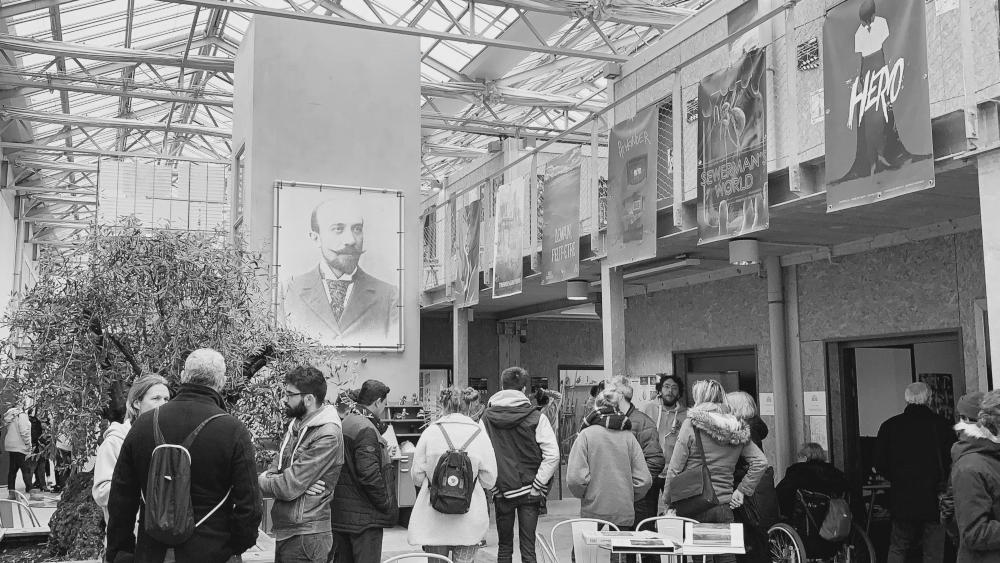
Pettita explains: “When I was a student at the Beaux-Arts in Paris, I had friends working in the animation and film industries, who said they had not been taught digital skills. So, there were technology schools, teaching software; there were 2D-animation schools, and there were the Beaux-Arts academies, teaching the usual painting and sculpture. But no-one was talking to each other.”
He continues: “My passion is in education, and I wanted everyone to work together. That is the magic of our school; combining the skills to enable a young person to reproduce the real, living world.”
It is this understanding of how to meld artistic ability with super-modern digital techniques, that has established the school as a leader in its field.
Classes may be in French – so a good level of the language is required – but people from all over the world choose to study here, and the institute has a strongly outward-looking approach.
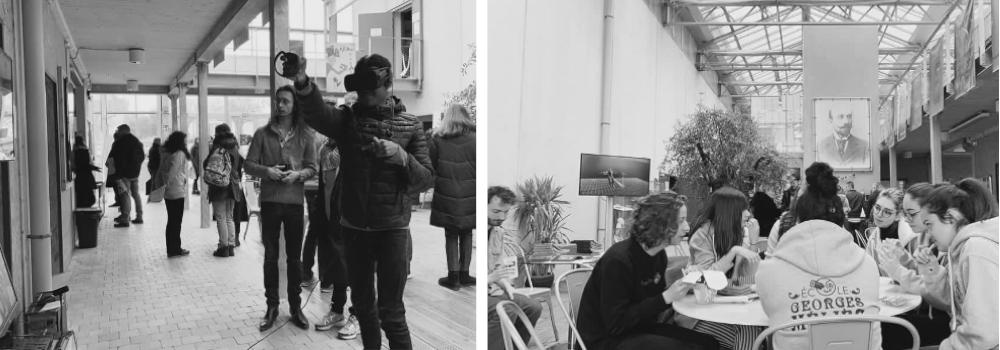
Previous students have gone on to work across the globe and been recognised with international accolades, such as Guillaume Rocheron, who won a Visual Effects Academy Award (Oscar) in 2013 for the 2012 film The Life of Pi; and Fabien Nowak, who won the 2017 Oscar in the same category for The Jungle Book (2016).
Another former student, Audrey Ferrara, also supervised the special effects for The Jungle Book (2016), and the science-fiction hit Passengers (2016).
Indeed, the school’s strong links to industry also mean that it is continually able to offer scholarships for less-privileged students, as well as to create projects such as developing short courses for the wider public.
Similarly, the school’s teachers combine their jobs with other positions in the world of cinema, art, and animation; and it is this real-life experience that ensures that the school remains relevant. “Education is a personal gift of self,” says Petitta. “The teachers who come here have such a desire to teach; to give back. That is so important, when you’re in front of a young person.”
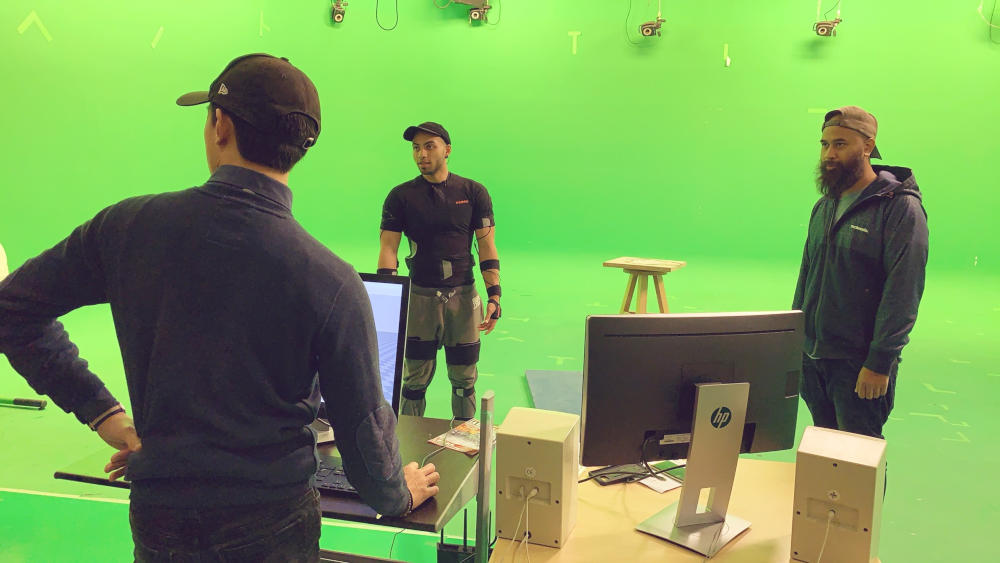
Petitta explains that even Georges Méliès himself had a great teacher who gave him traditional artistic skills, allowing him to understand sculpture, painting, and drawing, as the foundation for his later cinematic creations.
“This is the basis of all creative work,” explains Petitta. “To be inspired by life.”
Although Petitta jokingly admits that this is “not the simplest, easiest curriculum to teach”, he adds: “Most schools try to mould students in one particular way, and we do not that.”
It is not for nothing that the school hangs a whimsical, historical photo of its namesake founder in its bright, cavernous hallway.
“This is about becoming a craftsman; each person finding their true path,” Pettita says. “It’s alchemy.”
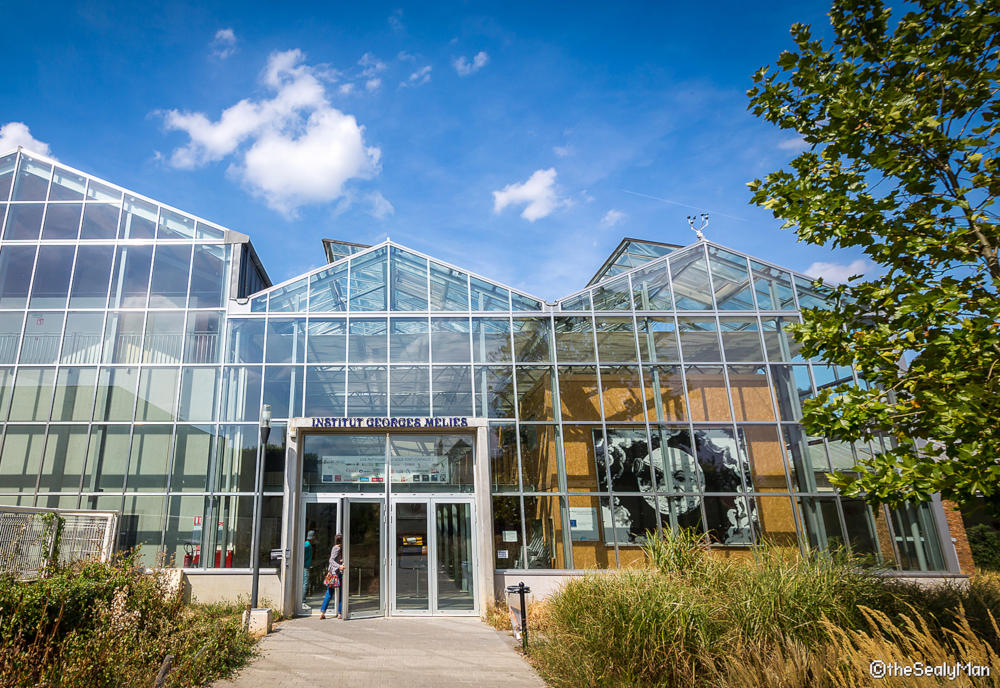
Subscribe to Our Newsletter
Receive our monthly newsletter by email





